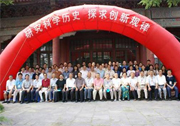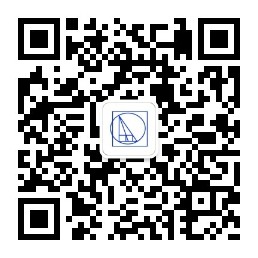| 中文题目: | 明末传华的水晶球宇宙体系及其影响 | ||||||
| 英文题目: | The Crystalline Sphere Theory Transmitted in Late Ming China and Its Influence | ||||||
| 作 者: | 孙承晟 | ||||||
| 刊物名称: | 自然科学史研究 | ||||||
| 发表年度: | 2011 | ||||||
| 卷: | |||||||
| 期: | 2 | ||||||
| 页码: | 170-187 | ||||||
| 中文摘要: | 水晶球宇宙体系是明末西方传教士最早介绍入华的宇宙结构学说,与天主教义紧密相关。文章全面梳理了明末传华的这一理论及其西方来源,以及在明清之际所造成的反响。利玛窦根据丁先生《〈天球论〉注解》所译介的水晶球宇宙体系是最为系统的,影响也最大。水晶球宇宙体系虽是当时欧洲正在被淘汰的理论,但因它较早传入中国,对当时的士人产生了广泛的影响,就是在西方天文学大规模传入中国之后,对那些追求宇宙真实结构的人而言,依然深有波及。水晶球宇宙体系对明清之际中国人宇宙观的塑造产生了不容忽视的作用。 |
||||||
| 英文摘要: | The theory of crystalline sphere, which was closely related to Catholic doctrines, was the first cosmology introduced to late Ming China by Western missionaries. This article fully discusses the narratives about the theory and its Western origin, and its influence in late Ming and early Qing. Matteo Ricci’s translation, which originated from Christoph Clavius’ In Sphaeram Joannis de Sacro Bosco Commentarius, was the most comprehensive and influential. Although crystalline sphere theory was being washed out in Europe at that time, it was the earliest cosmology introduced to China and had extensive influence on Chinese literati. Even after the Western astronomy was largely transmitted, the theory still influenced the Chinese scholars who sought for the true structure of the cosmos, and played an important role in shaping the Chinese literati about the cosmos structure in late Ming and early Qing. |
||||||





